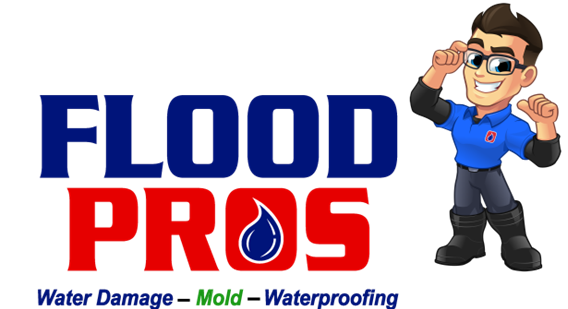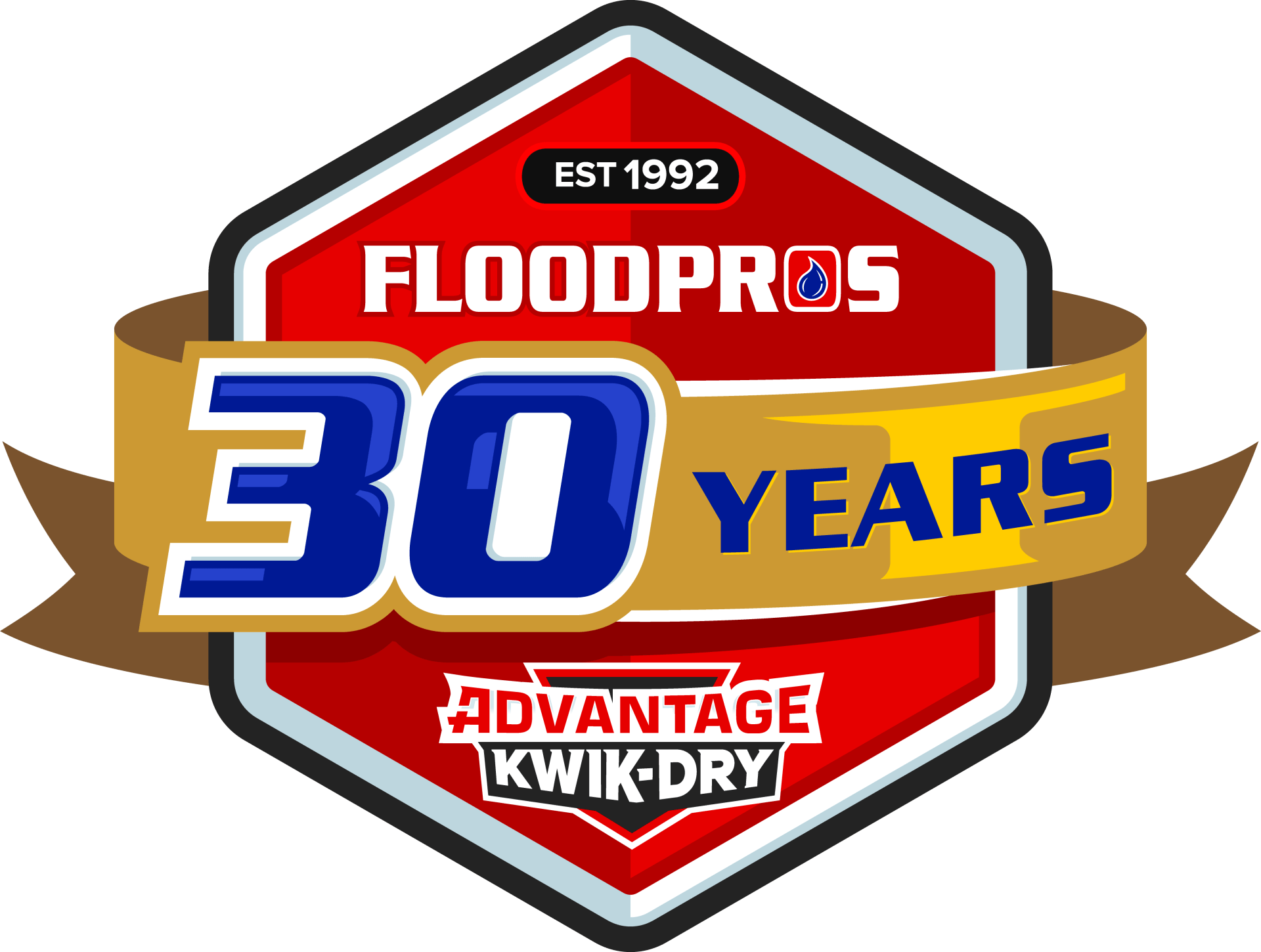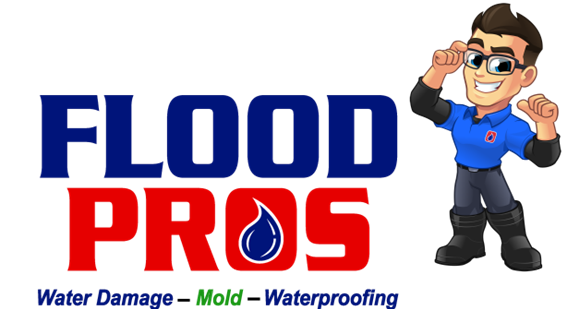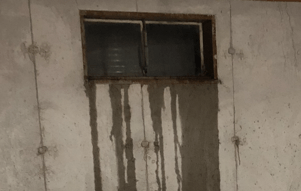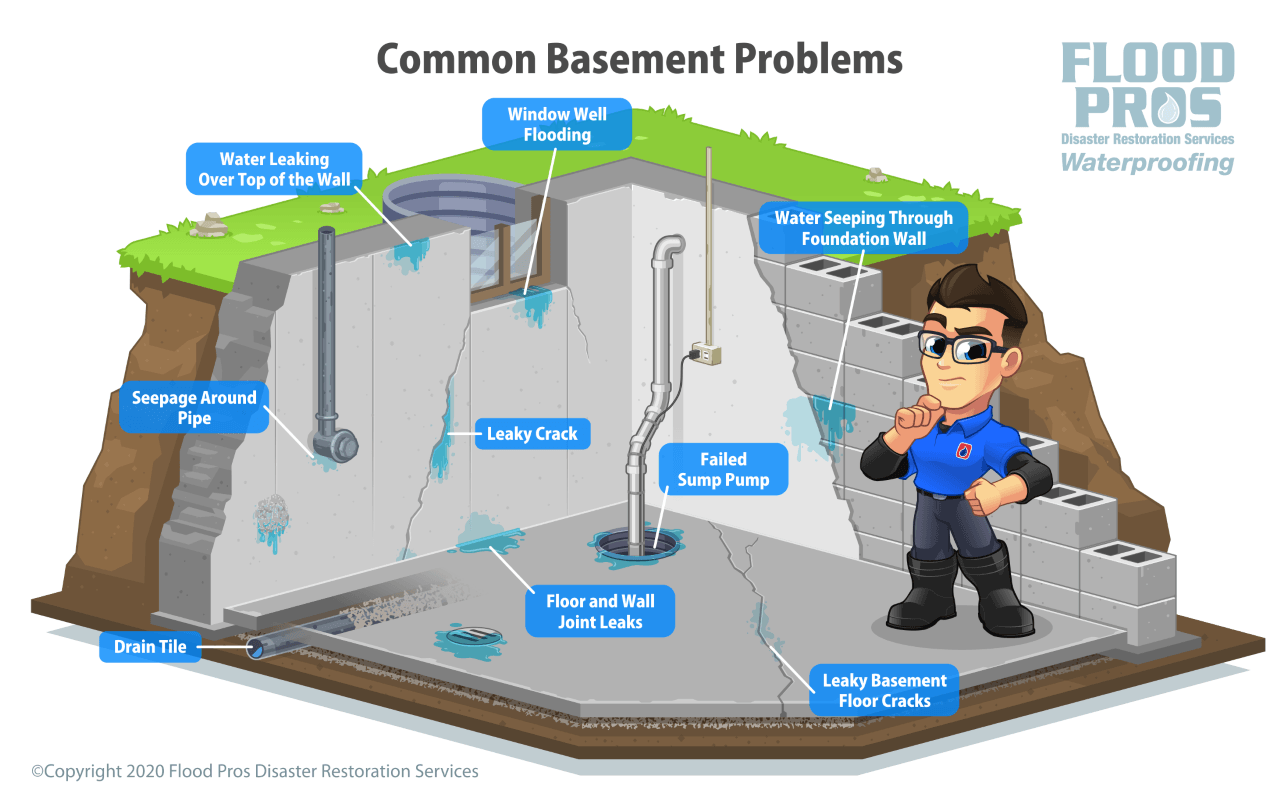
Yearly Inspections: Many people do not go into their basements regularly. If you are not able to go in the basement you should have it inspected once a year for any issues in the foundation. As the earth shifts and moves it can cause cracks and breaks in your basement foundation. You can do a Foundation Crack Repair process if the walls are concrete poured, this will prevent any water seeping in through the wall of your basement.
Window Wells and Windows are a common seepage issue in basements as well. A window well is not designed well to withhold a lot of pressure of water on the outside of the window. Replacement of old windows in the basement will help prevent seepage through the basement windows. There are also many other solutions that can help elevate the pressure of water on the outside. Every few years you should "dig out" your window wells. On the inside of your window well you can take a post hold digger and dig about one foot to 18" down. You fill the window well up with fresh pea gravel you can get at Menards, Home Depot, or a any store similar. You can put at least 3 or 4 bags of fresh pea gravel in the window well. This will help disburse the water away from the window, helping water to properly drain into the ground.
Sump Pumps - If you are getting water in your basement you may be in need of a sump pump. This will collect water and pump it away from the foundation of your home. If you get a lot of water in your basement then you may also require a Drain Tile System.
Drain Tile System: We install drain tile on the interior of your basement perimeter. This is 3" tubing that will be installed and will drain into your sump pump and then our of the home. Drain tile will collect the water before putting pressure on your foundation, diverting the water to your sump pump, and then pumped out away from the home. Signs that you may need a Drain Tile system is if you are getting water where the floor meets the wall, cracks in the foundation floor, or if you have puddling in your basement in various places of the basement.
Flood Pros Can give you FREE Estimates on all these services as well.
IF YOUR BASEMENT FLOODS:
First, call a plumbing or water damage restoration specialist to schedule the next possible appointment. There are many companies to choose from that offer basement flood cleanup services. You should call a professional for immediate help.
Then call your insurance company to determine what is covered
under your current plan and what you are liable for.
If the source of the flood is due to the backup of city sewer lines, then you should call and report the issue to your city or municipality.
You want to dry out the basement as soon as possible. When wet basements just have puddles of water spread around the room, you can use a wet vacuum to begin the cleanup and water removal process. You may need a pool pump, sump pump or a basic mop and bucket.
Since basements are not well ventilated by nature, it is also good to bring in dehumidifiers and fans during the drying period. This tip can prevent mold and rot, which could save you a lot of money or from health issues down the road.
Another tip is to remove any porous materials like fabrics to air out in a better ventilated area. If materials are wet for too long, then mold can begin to grow on them. This process can happen in as little as two days.
When mold grows on porous materials, they will likely have to be thrown away. Wet drywall will also probably need to be replaced since mold can be growing behind it, which can cause health problems for people nearby.
DETERMINE WHAT CAN BE SAVED AND WHAT IS TRASH
- Throw away your materials that have been water damaged or contaminated with unclean water or mold.
- Inspect all of the wood and drywall in the basement to ensure it is still in good condition. If it is not, then you may need to pay someone to replace them.
- If materials have a mildewy smell but are still salvageable, then take these items to get professionally cleane
WATER IN BASEMENT: POTENTIAL CAUSES
When basement flooding affects your home, using your leak detection skills and finding the water source is the first key step.
Sometimes the cause will be obvious because flooding occurs after a large storm, but sometimes the flooding will pop up out of nowhere and lead you to a pipe problem or foundation crack you previously did not know existed.
This guide will help you navigate the many scenarios in which you may experience a wet basement.
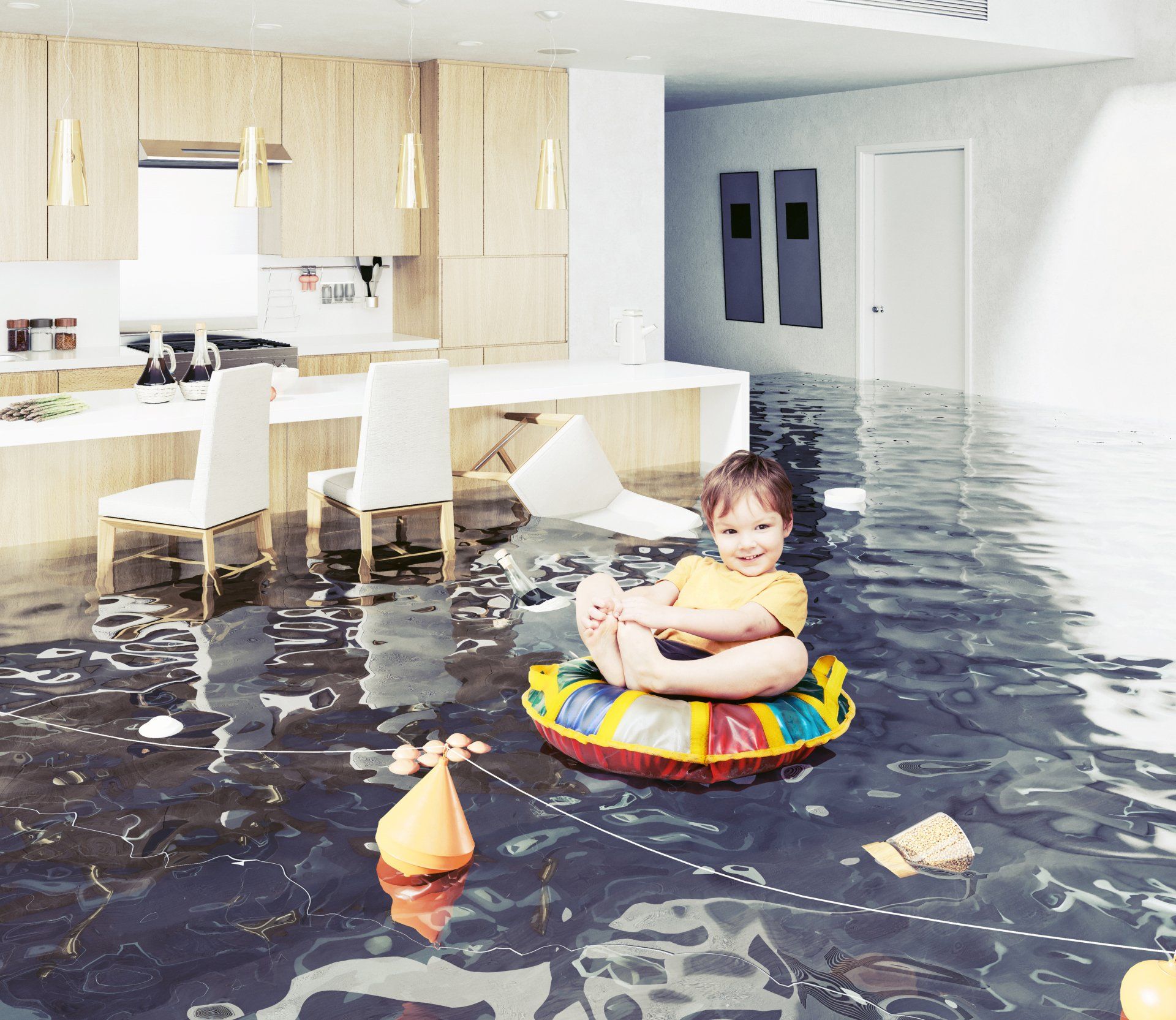
Garbage Disposal: If you wouldn't eat it, it should not be put in the garbage disposal. Also, run cold water while the disposal is in use.
When in doubt throw it in the trash. If the garbage disposal is not working, turn off the switch, and check for jammed items. Push and hold the "Reset" button located under the sink on the garbage disposal for 10 seconds.
Dishwasher: Rinse your dishes! Use only dishwasher detergent to avoid damage and a mess! Do not overload your dishwasher. The tub and strainer should be periodically cleaned and checked for foreign objects.
A/C & HEAT: Don't change the thermostat temperature more than 5 degrees at a time. Keep windows, blinds, and doors closed to conserve energy. Keep windows, blinds, and doors closed to conserve energy. Close vents in rooms that are less frequently used . If ice forms on the interior or exterior coils of your air conditioner, turn the unit off and call a HVAC company. Keep the temperature setting above 67 degrees to help avoid frozen pipes. An initial smoke smell is normal when turning on a heater for the first time, but if the smell lingers for more than 10 minutes, turn the unit off and HVAC Company.
Gas Smell: If you smell gas, open a window, exit the unit and contact a gas company immediately.
Electrical Problems: If experiencing any arch or spark from a receptacle, do not attempt to operate. Contact an electrician. If power is completely out in your apartment contact the power company.
Run Your Fan: Run you exhaust fan when taking a shower! This helps eliminate moisture and lessen mildew.
Insects: Insects such as ants, flies, or spiders are noticed, purchase and use common household bug sprays and traps. If insects such as cockroaches, water bugs, or mites are noticed, please call address them immediately. Keep all floors and counters clean. Do not leave food out. Do not leave doors open.
Washer & Dryers: Do not overload the washer with large items like blankets/comforters or oversized loads of clothing. Clean dryer lint traps after every load of laundry.
Light Bulbs: Residents are responsible for replacing all light bulbs in their apartments and garages. Please note, speciality bulbs such as 4 foot fluorescent tube lighting do require specific disposal practices.
SOMETIMES IT IS BEST TO LEAVE WORK UP TO THE PROS!!!
In cases of no hot water, water leak, no heat or smell of gas, if these issues occur it is best to call a professional.
Some tips are in reference to: Maintenance Tips for Rental Properties: MPM Madison Property Management INC.
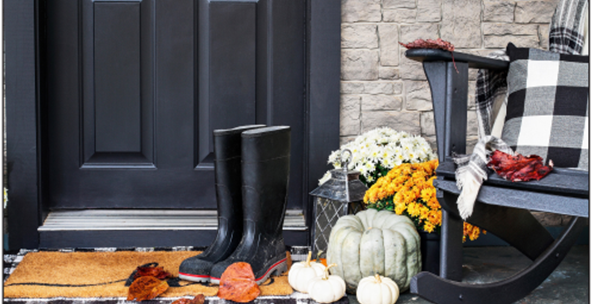
Fertilize the lawn - Applying fall lawn fertilizer will help prevent winter damage and spring weeds. Ask a local garden center or check online to find out which type of fertilizer is best for your lawn’s needs and when to apply it.
Gather round the hearth - If you have a wood burning fireplace and use it often, creosote a flammable by-product of burning wood accumulates in the flue or chimney, potentially resulting in a devastating fire. Have your chimney cleaned and inspected by a professional.
Seal concrete surfaces, driveways, sidewalks and patios - Reduce the penetration of undesirable materials, such as water or chlorides. Protect your expensive concrete surfaces from salt, de-icers, shoveling and moisture. Consult your local Concrete Repair Contractor for the best concrete sealing solution.
Give your furnace a physical - Once a year, it’s a good idea to have your heating system inspected by a professional. To avoid the last-minute rush, consider scheduling this task in early fall, before the heating season begins.
Get winter equipment ready - Service your snow blower and make sure it is ready to go, especially if you live in an unpredictable climate.
Clean gutter s - Once the majority of the autumn leaves have fallen, clear out those gutters and downspouts. Clogged gutters can lead to pooling water causing leaks and ice dams resulting in damaged roofing, siding and wood trim.
Have fun and enjoy the beautiful fall weather - If you have a fire pit, give it a good cleaning and fill it with lots of well-seasoned hardwood for those weekend marshmallow roasts and ghost stories [ Halloween will be here before you know it.
Credit BHG and HGTV
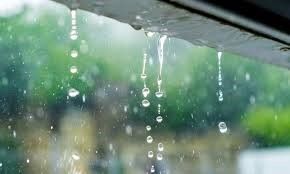
Exterior: DIVERT WATER AWAY FROM THE FOUNDATION OF YOUR HOME
· Clean all your gutters and downspouts regularly. When this system is not flowing properly away from your home, they will run over the gutter to the side of your home putting water pressure on your foundation.
· Gutter Extensions. The farther away you can divert water from your basement foundation the better. Did you know that Flood Pros installs underground gutter extensions? This does look a lot nicer on your property and you do not have to try to walk over the gutter extensions or around them. Let us take a look!
· Clean out Window Wells. Did you know Flood Pros does a lot of window well repair? Window Wells are a common problem. In time they need replacement and maintenance, we would be happy to assist you or your clients.
· Do yearly inspections on your roof. Replace any shingles that may be missing, loose, or damaged. This will prevent leaks.
Interior:
· Basement Inspections: Do a walk through your basement look for any water marks, leaking areas, window well leaking, and also check your plumbing lines for leaks. The more proactive you are in fixing small issues may prevent a big issue down the road. Most insurance policies do not cover any seepage issues in the home. You are responsible as a homeowner, to do the maintenance in your basment. Flood Pros will give a free waterproofing inspection, if you own the home, helping you to troubleshoot and solve any water issues you may detect in the basment.
· Sump Pumps: Make sure they are operational and are large enough for your basement or home. We also recommend a battery backup sump pump system, in the event of a storm or power loss your sump pump will still be able to pump out ground water.
· Clean out your Dryer Vents: This should be done every year, there are many house fires that occur as a result of a clogged dryer vent. You can clean out your dryer vent with a leaf blower from the inside out. If you need help or would like us to help you clean that vent you can call and schedule that with one of our Advantage Kwik-Dry Technicians.
· Air Duct Cleaning: A clean HVAC system is happier and works harder!! HVAC system will have less stress and flow smoother when it is clean. There is a lot of debris and dirt that goes through your vents that will accumulate quickly. We recommend a yearly cleaning of your Air Duct System. Advantage Kwik-Dry will be happy to service your Air Ducts please call to schedule.
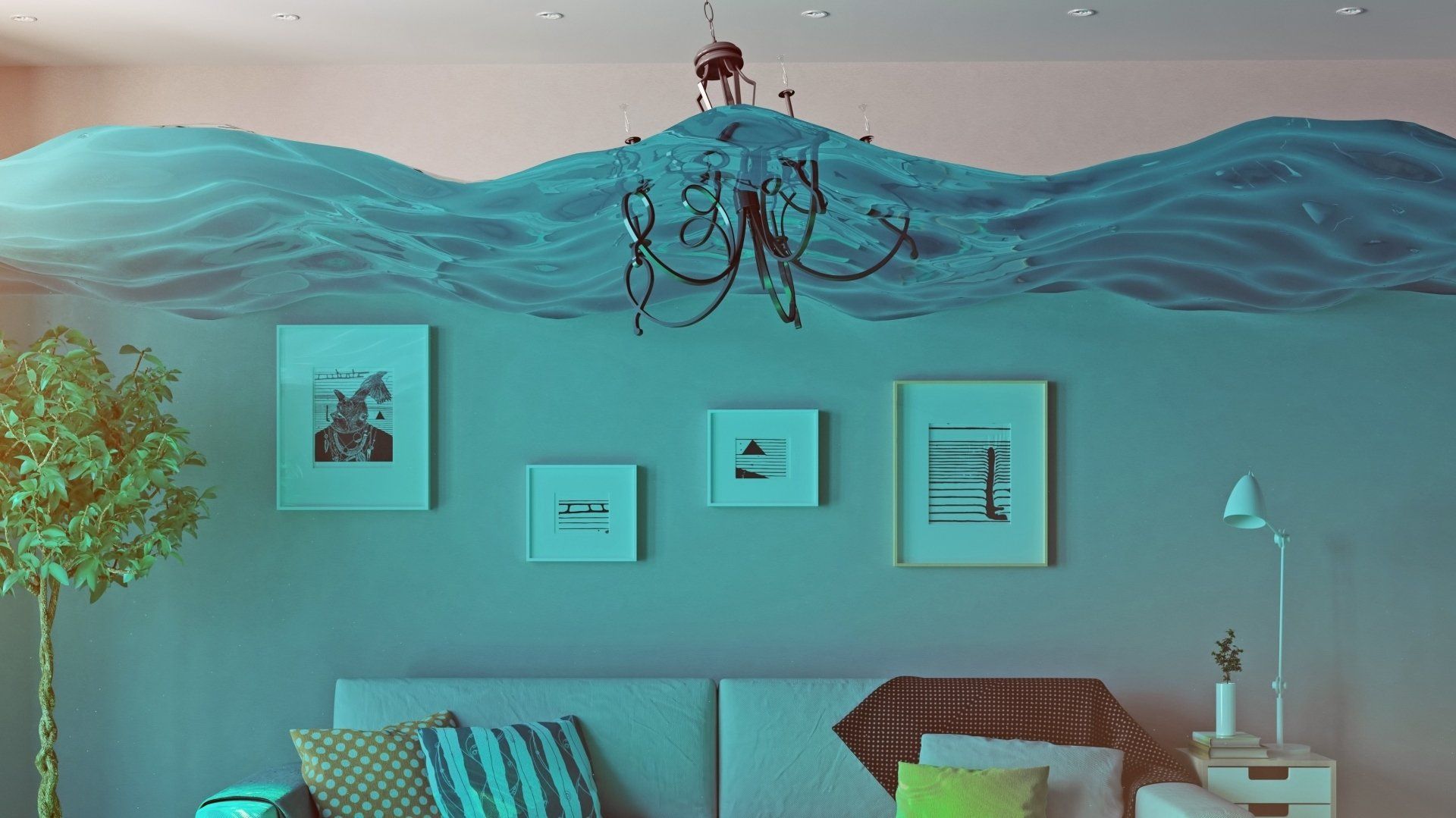
Frozen pipes, worn-out appliances, and leaks or breaks in water lines, roofs and windows can all lead to water damage. Picot also suggests having a plumber change out water supply lines from plastic ones to rubber hoses encased in braided stainless steel, which prevents flexing. Plastic ice maker water lines can be changed to copper. Copper water lines leading to the outside in unheated areas of the home should be shut off in the winter. Water lines in exterior walls should be well insulated. Flood Pros has been in business since 1992 and works around the clock to respond to water problems quickly. A water damage specialist explains to customers the process of water damage restoration and helps with processing an insurance claim, if needed.
The company has state of the are equipment such as thermal imaging cameras and moisture meters to determine the source of water damage. It also uses high-powered dehumidifiers and large air movers to reduce drying time to three days or less, in most cases. By recording data on each damage area, Flood Pros can determine what progress is being made. Totally drying an area eliminates mold or other pathogenic growths from developing. For more information call our office at 815-398-2379 or WI area 608-756-9300.
By Peggy Werner, Smart living weekly
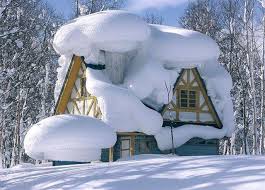
Ref By: https://www.safewise.com/blog/safety-guide-winter/

Comprehensive, Customized Solutions
- Examination: We will speak to you and perform an on-site examination to determine the amount of mold and where it is occurring. We can then determine a plan of action for mold remediation.
- Testing: Flood pros can perform air quality testing to determine the amounts and types of mold present. Air Quality Testing
- Protect: Unaffected content and structure will be removed from the work zone and or covered with plastic to prevent cross-contamination.
- Contain : We will utilize our techniques to contain the mold to prevent its growth.
- Remove : Technicians determine what materials are restorable and will remove whatever structure of content is not. This may also include disposing of any affected materials from your property such as carpeting, drywall, etc.
- HEPA: Remaining surfaces are vacuumed using hepa filtration to remove remaining mold spores.
- Clean : We will thoroughly clean and sanitize the affected area and items which can be restored using both antimicrobial and mold stain removers. This process will help to remove any odors.
- Restore
: Structural materials may be treated with an encapsulate to stop the spreading of mold spores. We will handle any additional repairs needed to get your property back in order after our remediation process.
Published by: Jenny Bogie
General Manager
Flood Pros Restoration
